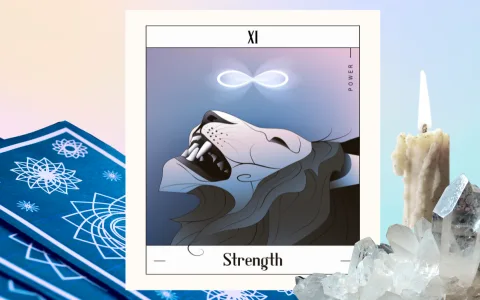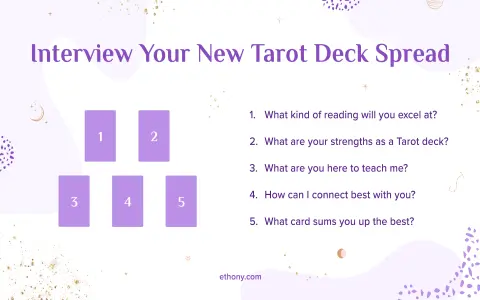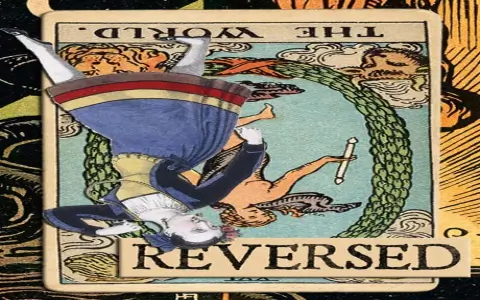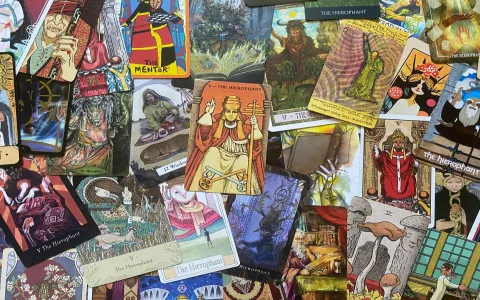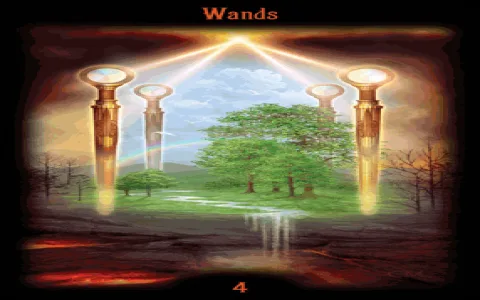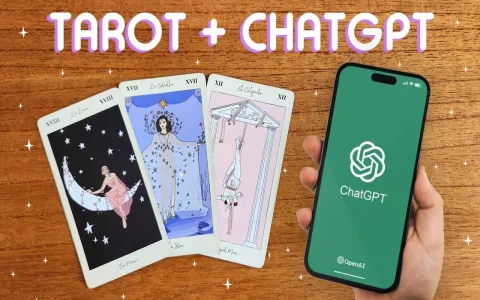Man, I never thought I’d be messing around with Tarot cards. I always pictured it as some weird, crystal-ball stuff, strictly for people who owned too many scented candles. But last winter, things were just heavy. I was staring at spreadsheets for ten hours a day, and my brain felt like old soup. I needed a hard reset. I needed a practice that made me shut up and actually look at something concrete that wasn’t work. Something that forced my brain to use a different gear.
I finally decided to dive in purely because I kept seeing these “Tarot card and book sets” advertised. The idea of a structured set appealed to the organized side of my brain. If there was a book, there was a system. So I plunked down the cash for a standard Rider-Waite deck—the most common one, nothing fancy or esoteric.
When the box arrived, I realized how much people overcomplicate this stuff. You know what these “Tarot card and book sets” actually are? It’s seriously just three things, maybe four. You get the deck, seventy-eight cards, obviously. Then you get a little instruction book, usually tiny and square, which is supposed to tell you all the meanings. Sometimes, if you spend an extra five bucks, you get a little cloth bag or mat. That’s it. Stop thinking it’s complex gear. It’s a deck of cards and a reference guide. That’s all the explaining needed.
When I first pulled out those cards, I was instantly overwhelmed. Seventy-eight pictures? Too much info. The book was worse; tiny paragraphs describing every single card’s upright meaning, reversed meaning, and relationship to Jupiter. I realized right away that if I tried to memorize everything, I’d quit in two days. It was just going to become another chore list.
So I scrapped the traditional learning methods and decided to hack the system. I needed something simple, repeatable, and fast. I needed four steps that forced me to use my intuition first and the book second. This is exactly what I started doing, and it worked, fast.
My 4-Step Cheat Sheet to Reading the Cards Immediately
I didn’t mess around with rituals or anything like clearing my energy field. I just focused on simple action, structure, and basic interpretation. This is the practical process I forced myself to stick to for the first month.
- Step 1: Just Touch Them. I started by just shuffling the deck every morning while my coffee brewed. I didn’t look at the pictures. I just handled the cards, smelled the cardboard, felt the weight of the stack. This sounds dumb, but it stripped away the mysticism. It turned the deck into a physical tool, not some sacred object. I committed to doing this for a full week before I tried reading anything. The goal was simply to get comfortable with the physical object in my hand.
- Step 2: Learn the Big Guys First (Majors Only). Forget the 56 Minor Arcana cards for now—Cups, Swords, Wands, Pentacles—they are too detailed and distracting initially. I physically pulled out the 22 Major Arcana cards—The Fool, The Lovers, Death, The Tower, etc. I put the rest back in the box. I took each Major one by one and just looked at the image. I didn’t read the book yet. I just wrote down the first feeling I got from the picture: ‘Tower = Boom! Disaster.’ ‘Strength = Calm Lion, Inner Control.’ I forced myself to simplify and reduce the meaning to one or two strong words.
- Step 3: Use the Simplest Spread Possible. Forget the complex ten-card Celtic Cross that looks like a technical diagram. I used a three-card spread only, always the same layout: Card 1 is the immediate past situation that led to now. Card 2 is the current mess or focus. Card 3 is what’s likely coming next if I keep following the path Card 2 suggests. I pulled my three majors, laid them out, and just talked out loud about what they meant together based on my simple keywords from Step 2.
- Step 4: Book Check Only AFTER the Gut Feeling. This is the critical step that separates reading from regurgitating. After I had my initial rough interpretation—my gut feeling about the narrative they were creating—then, and only then, I cracked open that tiny reference book. I wasn’t trying to parrot the definition. I was looking to see if the book gave me a better, more nuanced word for the feeling I already had. If I felt ‘The Hermit’ meant hiding away, and the book said ‘Introspection,’ I updated my mental keyword list. This stopped me from just reading definitions and started me on actually reading the flow between the cards.
Now, why did I break it down like this? Because when I tried to learn Tarot the way most people suggest—memorizing everything at once, doing complex spreads immediately—it immediately turned into another job. That’s how most people quit trying to learn anything new, right? Too much homework, too high a barrier to entry.
By forcing myself to simplify and stick to just those 22 Major cards and the three-card layout for almost a month, I finally built a solid vocabulary. I stopped thinking of the cards as telling the future and started realizing they are just mirrors. They take the mess of vague thoughts in your head and reflect them back in concrete pictures.
The beauty of the typical book set is that the book acts like a training wheel. You use it until you stop needing it for every single card. If you follow this four-step method, you don’t spend months staring at definitions; you spend minutes seeing connections. It’s not magic, folks. It’s just visual psychology applied to an old deck of cards. I successfully turned a mystical activity into a practical, repeatable mental exercise. Now I still pull them out once or twice a week. It’s a good, quick check-in, way better than aimlessly scrolling through my phone during my break. Give the method a shot. You don’t have to be spiritual. You just have to be curious enough to actually pull the damn cards out of the box.

